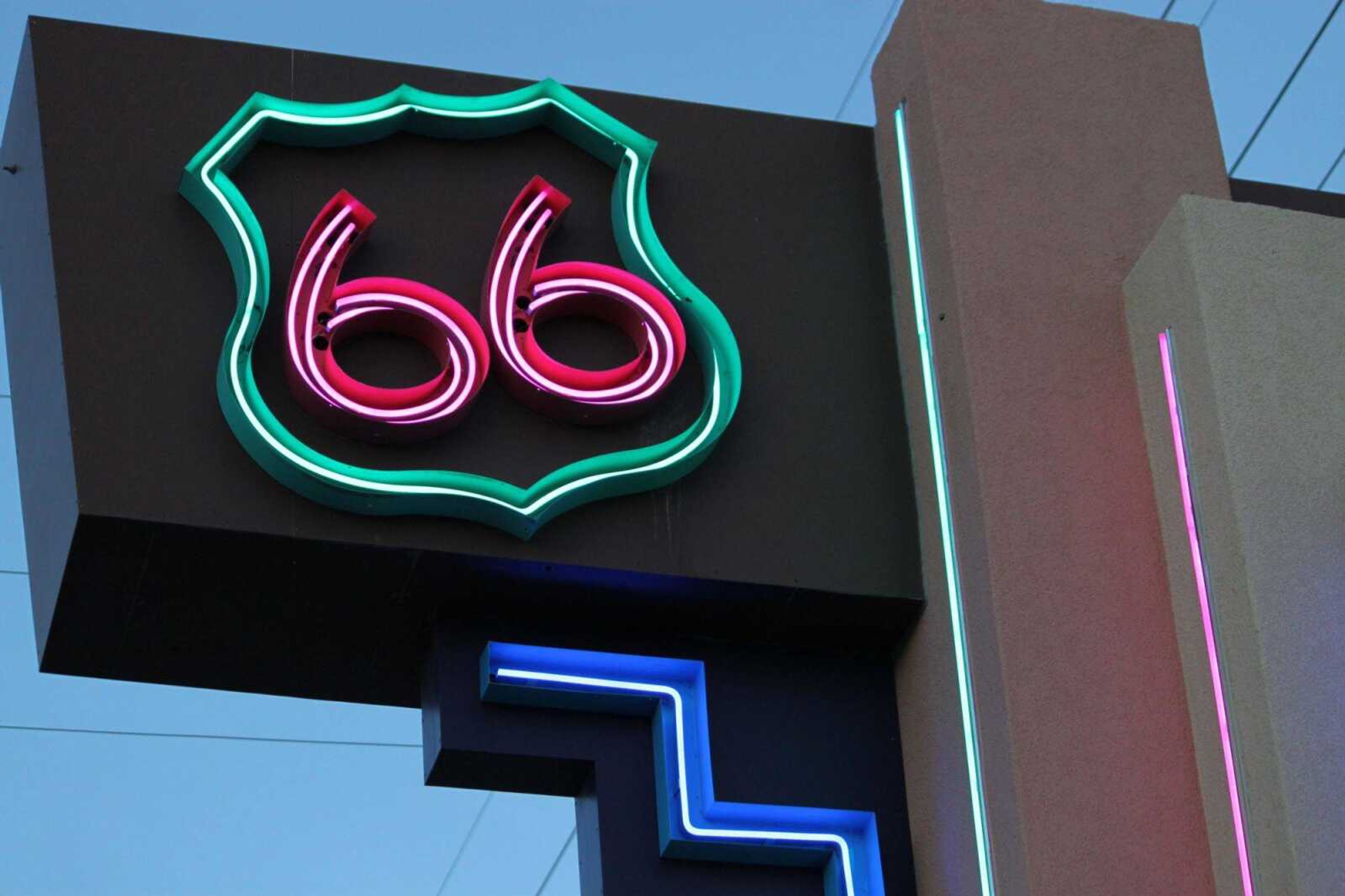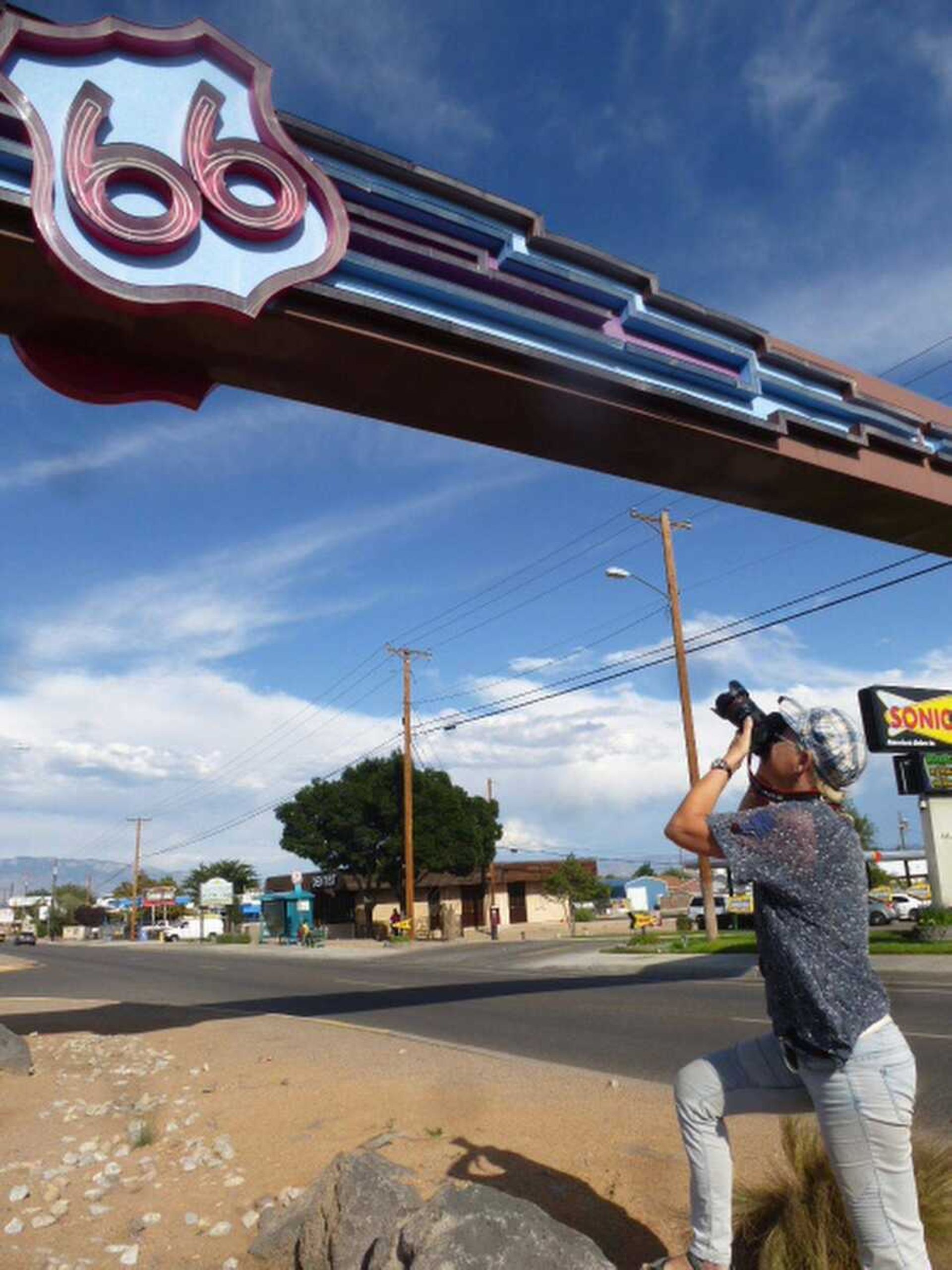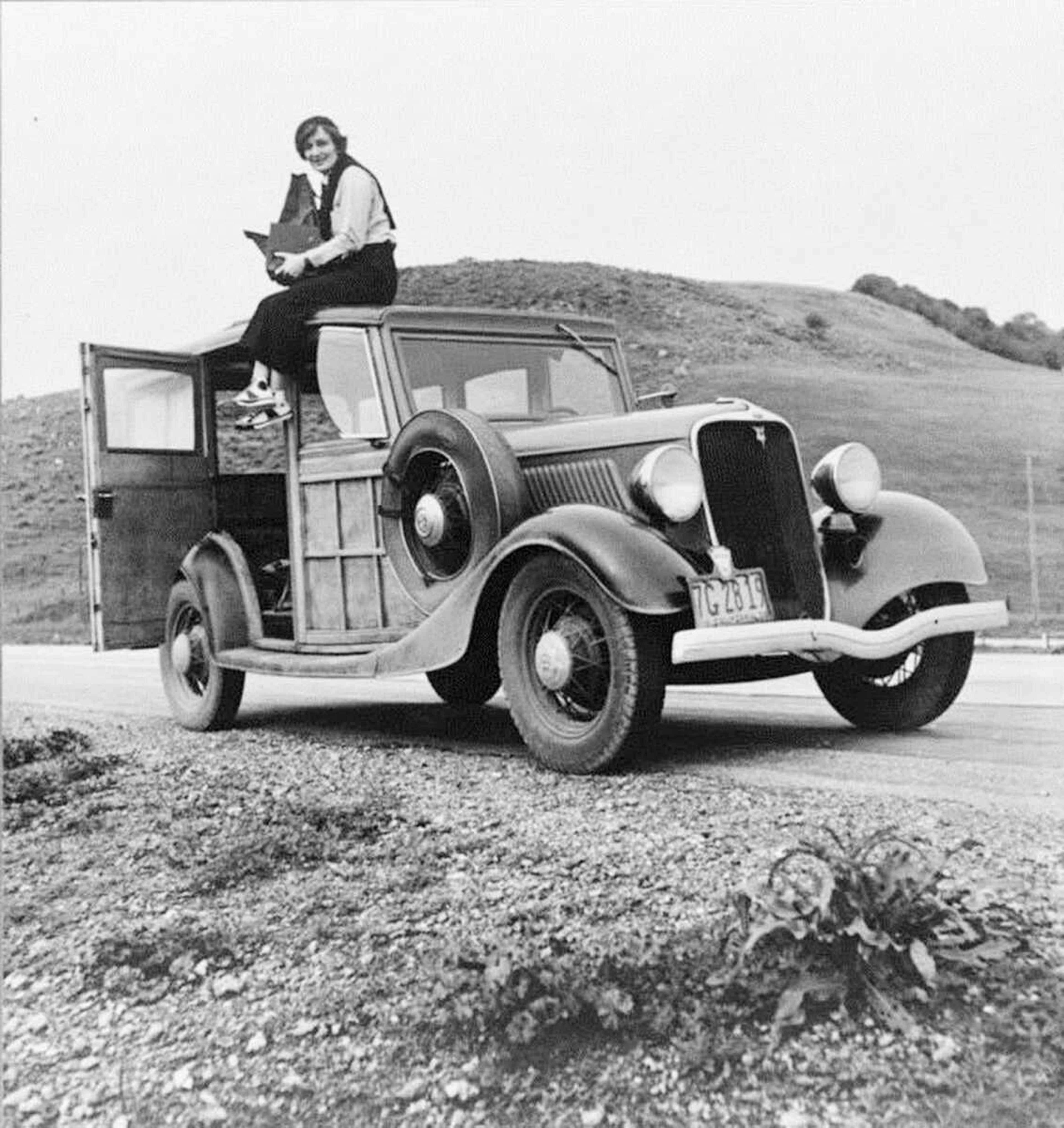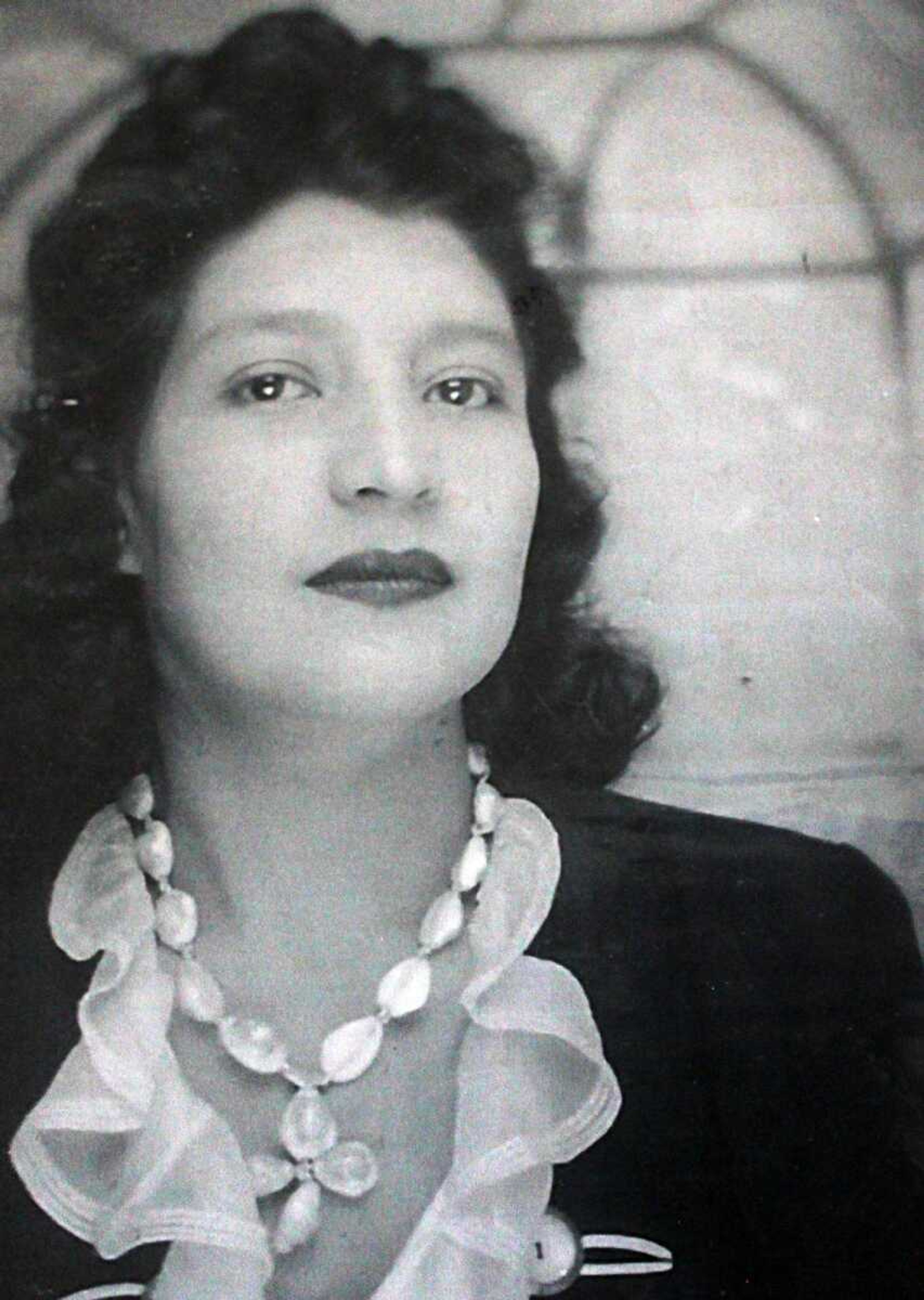ALBUQUERQUE, N.M. -- It was a man's world nearly a century ago when one of America's most famous highways got its start, opening up vast expanses of the West as it created an automobile artery that stretched roughly 2,400 miles from Chicago to the West Coast.
But it wasn't only men behind the wheel or working in the service stations and cafes along historic Route 66.
The National Park Service and the not-for-profit Cinefemme have partnered to create an online historical record of the experiences of women and girls along the Mother Road.
Writer and project director Katrina Parks says she was surprised by the diverse ways in which women's lives intersected with the road, from the pioneering female architects who designed buildings along Route 66 to the waitresses, shopkeepers, postmasters and others who kept daily life humming.
Then there are artists like Dorothea Lange, who traveled part of the route through Oklahoma, New Mexico, Arizona and California during the 1930s and captured through her photographs the struggles of migrant farm families.

There are stories about the daughters of Mexican and Chinese immigrants who made their homes in the West and opened family grocery stores, laundries and restaurants along the route.
Threads of discrimination, determination, adventure and perseverance run through the women's stories.
"We saw there was this great narrative about Route 66 out there that tended to be focused on the traveler's experience," said Kaisa Barthuli, who works with the National Park Service Route 66 Corridor Preservation Program. "We realized that Route 66, as a symbol of America, had the potential to tell so many deeper stories."
The project was funded through a cost-sharing grant from the Park Service. The website is expected to evolve, and Parks plans to use the oral histories she has collected for a documentary.
The women's stories cover several decades, from the road's beginnings to its current rebirth.

The first half of Virginia Tellez Wayne's life centered around the route in Gallup, New Mexico. The oldest of 14 children, she started working two and three jobs early on to support her siblings and later her five sons. She worked as a Harvey girl, greeting and serving troop trains, tourists and movie stars at Fred Harvey's El Navajo Hotel, El Rancho and the Shalimar -- all fixtures along the highway.
Nicknamed "Smiley" by the troops, Tellez Wayne, now 94, had a way with her customers and many became friends. She also made aprons for fellow waitresses and uniforms for men who worked at the service stations.
"If it weren't for us women, there wouldn't be no 66," she said, laughing. "We were into everything."
Donatella Davanzo, a fellow at the University of New Mexico's Center for Southwest Research, has been working to document every building along Route 66 in Albuquerque, home to the largest uninterrupted segment of the road left in an urban area. Davanzo worked her way along Route 66, walking from the Sandia Mountains on the city's east side to the mesa on the west, and took 7,500 photographs over two years. They're now part of the collection at the research center.
Parks, too, acknowledged the infectious nature of Route 66.

"It still, for me, has a sense of freedom and adventure, which I think is what captives so many people," she said. "It's just this idea that it's an escape from the monotonous, and that means a more personal interaction with people and slowing down to make time for the unexpected."
Online: www.route66women.com
Connect with the Southeast Missourian Newsroom:
For corrections to this story or other insights for the editor, click here. To submit a letter to the editor, click here. To learn about the Southeast Missourian’s AI Policy, click here.








